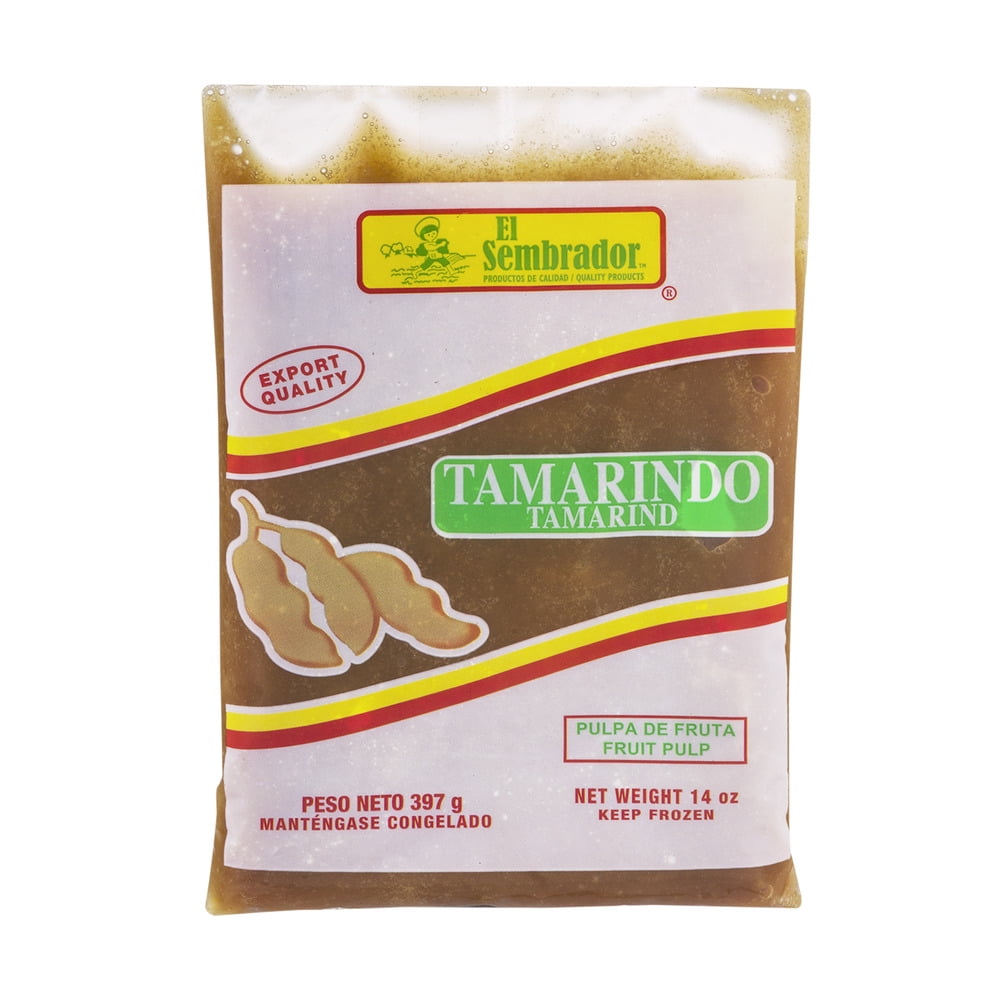

Tamarind can even be used to clean copper and brass, a common practice in colonial times. It is also an antiseptic and used in eye baths and for the treatment of ulcers.
Tamarind pulp free#
FREE Delivery on your first order of items shipped by Amazon. Other uses Tamarind is used as a laxative and for stomach upsets. Pure Tamarind Paste - 8 oz (227g) Seedless Concentrate, Caribbean, South American & Asian Cuisine, for Making Pad Thai, Sour Soups, Curries, Steak Sauce. It is also an essential ingredient in many condiments including Worcestershire sauce. In the Middle East and the West Indies tamarind juice is used in drinks. Tamarind gives many hot south Indian dishes such as Goan vindaloo and Gujarati vegetable stews their characteristic sourness. The taste is sour with an underlying astringency.Ĭulinary uses Tamarind is a standard ingredient throughout India and Southeast Asia in curries, chutneys, lentil and bean dishes, and the famous hot and sour soups of the region. Taste and aroma Tamarind has little smell. Tamarind pulp is widely used for cooking in South and. Further processing results in tamarind paste and concentrate. is a sticky, fleshy, juicy pulp, which is the tamarind fruit. Harvesting The tamarind pods are dried and the fruit is extracted from the brittle outer shell of the pod and pressed into flat cakes. Major producers India, Southeast Asia, West Indies The pulp has a high tartaric acid content which accounts for its wide use as a souring agent. The long, rust-coloured pods contain a dark brown, sticky, and very fibrous pulp surrounding the seeds.

Tamarind trees can remain productive for up to 200 years. Tamarind is obtained from the bean-like pods of the tamarind tree. Botanical name Tamarindus indica ▪ Family name Fabaceae


 0 kommentar(er)
0 kommentar(er)
